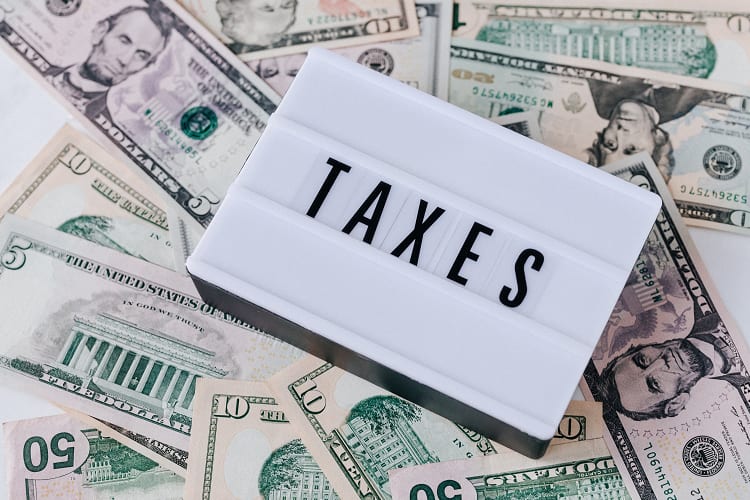What is a Withholding Tax & Why Does it Matter?

Tax Day may occur on April 15 normally (with an exception this year for July 15, 2020), but Uncle Sam actually siphons his money out of your paycheck all year long. If you’re an employee who collects a regular paycheck, your employer withholds a certain percentage of each of your paychecks to cover your tax obligations.
In other words, even the money that you think you make with each paycheck doesn’t always make it into your bank account. It’s important to understanding the withholdings tax and how it may impact your finances on Tax Day and all year long!
What is a Withholding Tax?
The withholding tax is the amount of money subtracted from each paycheck you receive to cover state and federal taxes. Your employer handles the withholdings for you by calculating the amount of each withholding, deducting it from your wages, and paying it directly to the government.
If you earn income as an employee, you’re subject to a withholding tax. This includes regular pay, commissions, vacation pay, pensions, bonuses, and reimbursements.
On the plus side, the money withheld from your paycheck creates a credit against your annual income tax obligation. In other words, the more withholding taxes you pay, the lower your tax bill will be when tax time rolls around.
Why Withholding Taxes Matter
Withholding taxes is an important tactic for citizens and the government alike.
Most average Americans don’t have enough money stashed away in savings to pay their income taxes in one lump sum during Tax Season. The withholding tax solves this problem by collecting taxes in small chunks, week by week. Most people forget that a small percentage of their biweekly paycheck is diverted to taxes because they’re accustomed to the take-home sum they ultimately receive. Overall, the withholding tax ensures prompt, regular tax payments with minimal complications.
Although withholding taxes isn’t optional, you can adjust how much or how little your employer withholds on your behalf. The IRS recommends that U.S citizens should have about 90% of their estimated income taxes withheld by the government over the course of the year.
For example, if your W-4 or W-2 suggests that you’ll owe about $3,000 in taxes next year, it’s best to pay a total of $2,700 of that tax obligation through withholdings. This makes Tax Day much less painful when you only owe the government an additional $300 instead of the full $3,000!
If your withholding tax accidentally assesses taxes beyond what you truly owe, you receive the pleasant surprise of a tax refund! The IRS offers a convenient tax withholding estimator to help citizens calculate the withholding rate that best fits their needs.
Withholding Taxes in the U.S
The U.S government implemented tax withholdings in 1943. Before that time, only a small fraction of Americans paid federal income taxes at all. The 4% of citizens who did owe taxes had to pay them all in full by March 15. However, World War II changed all of that. The Revenue Act of 1942 made nearly two-thirds of all Americans responsible for paying taxes on their income.
The IRS had to find a way to ensure reliable and easy collection of so much taxpayer money, especially to meet growing wartime needs. The solution, of course, was to assign a withholding tax. Citizens could no longer wait until the end of the year to pay the lump sum of their taxes; instead, the IRS would collect it in bits and pieces from each individual paycheck.
Taxes are far more complicated today than they were in 1943, but tax withholdings still play an integral role in the give-and-take between the U.S government and its citizens.
Read More: Stash is Giving Away $5K for Banking Your Tax Refund or Stimulus Check









